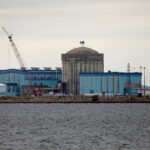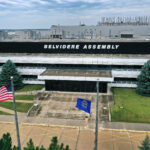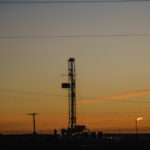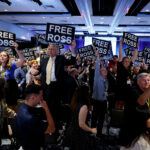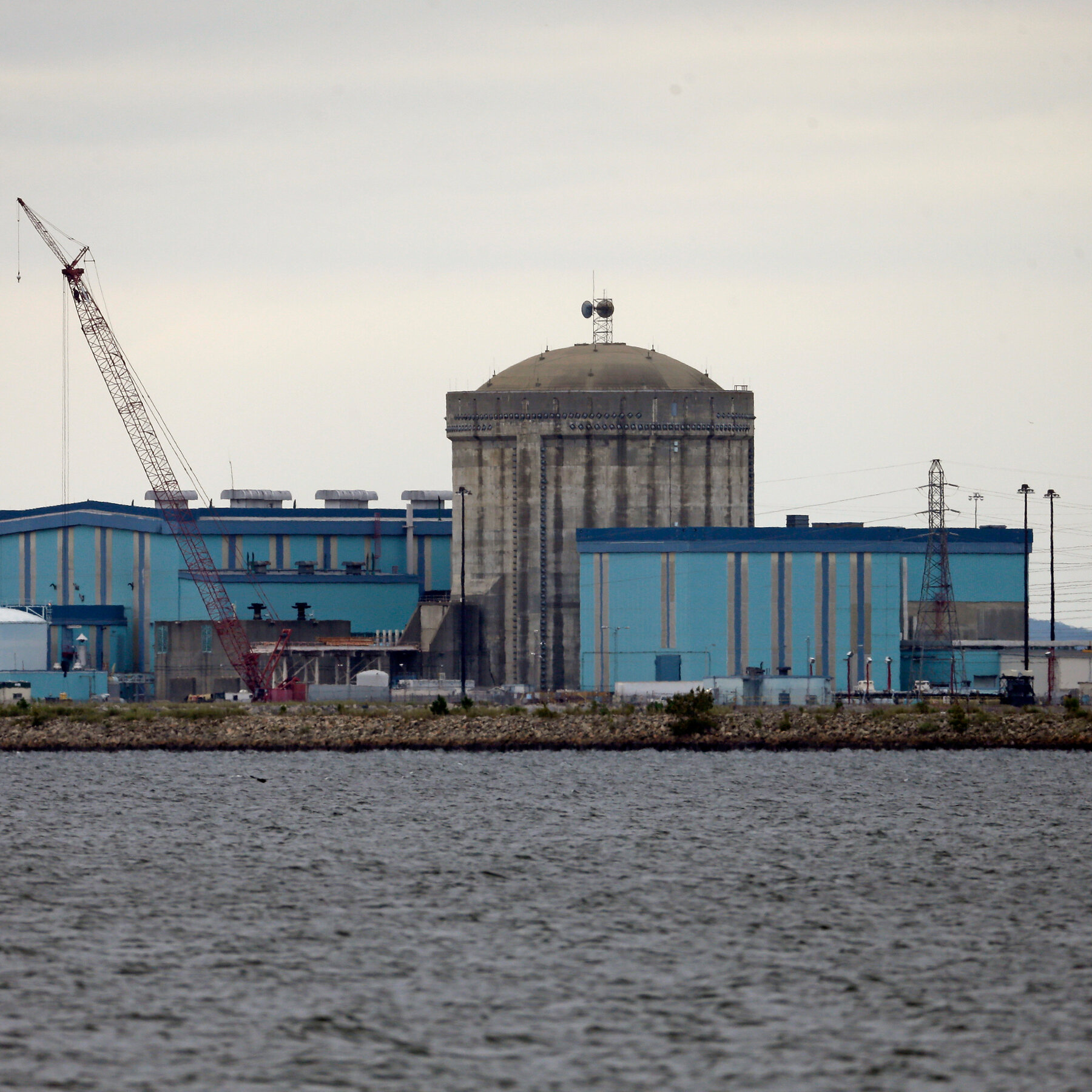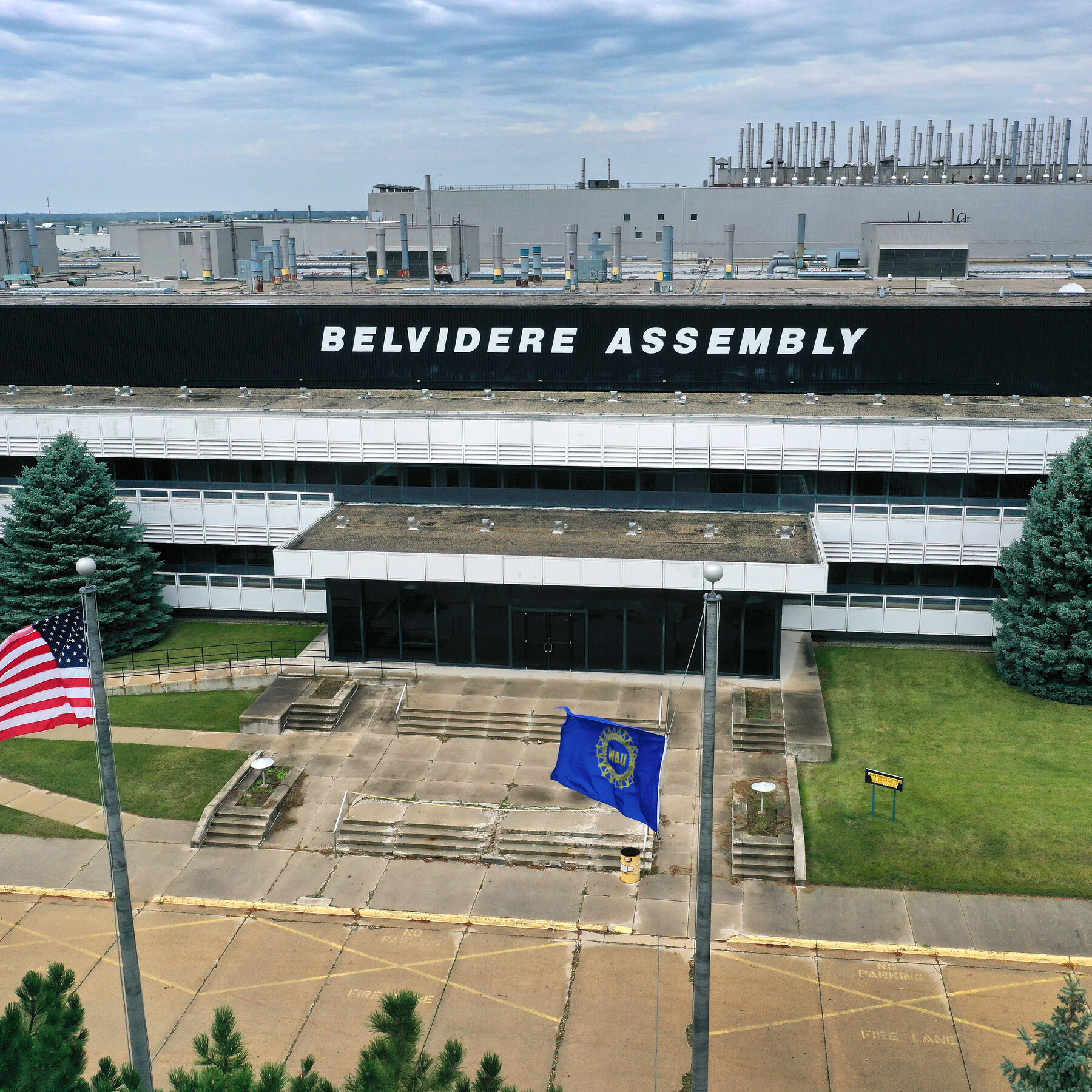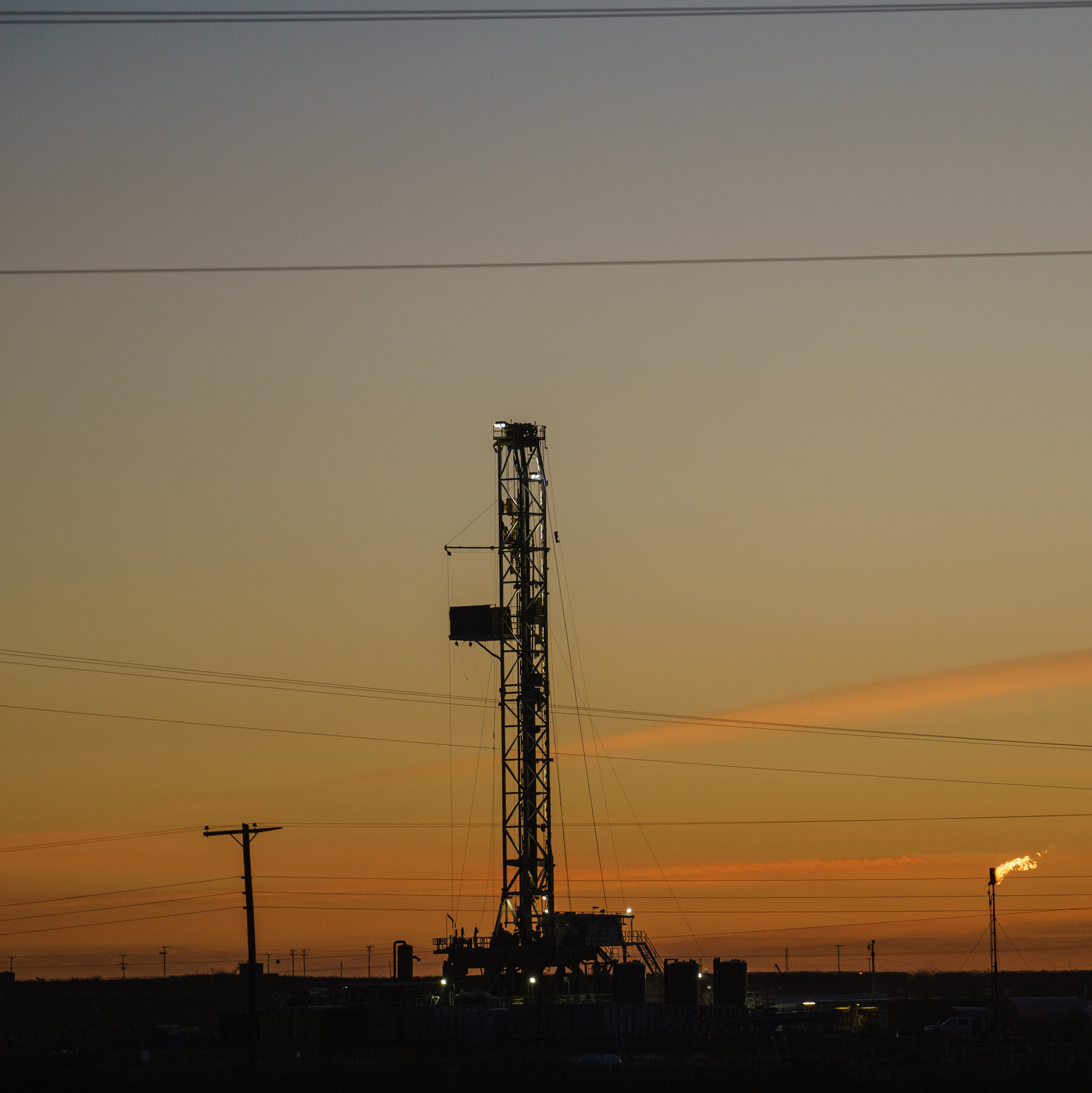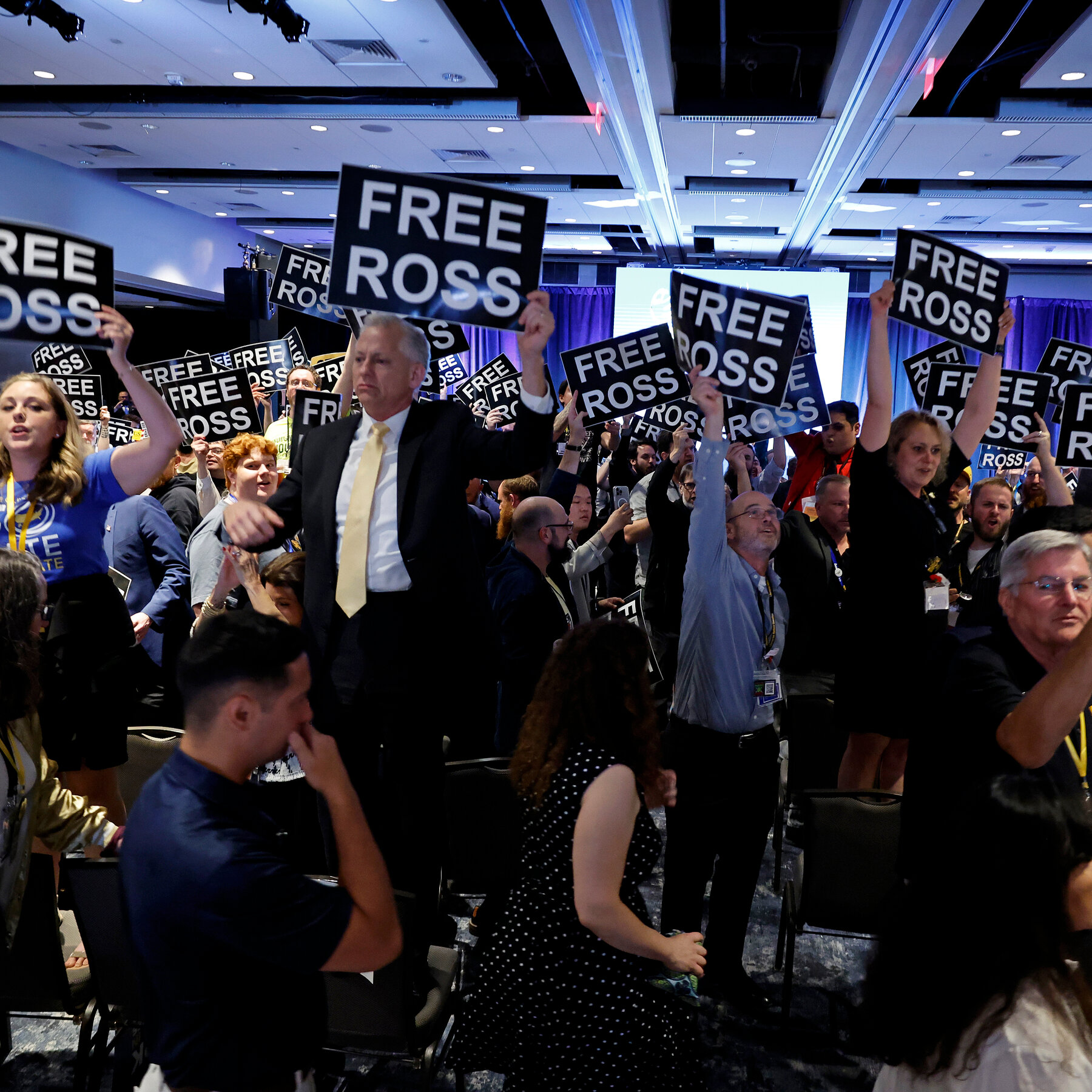Coffee, Food, US news, Starbucks, Business, Food & drink industry Business | The Guardian
It’s unclear what’s behind Starbucks’ recent shaky sales – but US coffee consumption declined for decades after a 1946 peakTrouble is brewing at the biggest coffee chain in the US: Starbucks’ sales are struggling. A range of non-coffee factors, from broader economic questions to concerns about the company’s stance on Gaza, may be to blame. Still, despite coffee shops percolating across the country, consumption in the United States isn’t what it used to be. In the 1940s, the average person in the US was drinking nearly twice as much coffee.The data, which comes from the US Department of Agriculture, shows coffee drinking expanding pretty steadily from 1910 to 1946. Researchers attribute this to advertising as well as product innovations – instant coffee came on to the market in 1938 and was issued to US soldiers during the second world war. Since then, coffee consumption has slowed, a fact that government economists attribute partially to the popularity of other beverages. While coffee declined after the 1950s, carbonated soft drinks soared in popularity. That trend has started slowing in recent decades, however, while the coffee industry is touting growth in an era of upscale shops. In an April press release, a trade association boasted the number of US adults who have had a cup in the past day is up 37% since 2004. Continue reading…
It’s unclear what’s behind Starbucks’ recent shaky sales – but US coffee consumption declined for decades after a 1946 peak
Trouble is brewing at the biggest coffee chain in the US: Starbucks’ sales are struggling. A range of non-coffee factors, from broader economic questions to concerns about the company’s stance on Gaza, may be to blame. Still, despite coffee shops percolating across the country, consumption in the United States isn’t what it used to be. In the 1940s, the average person in the US was drinking nearly twice as much coffee.
The data, which comes from the US Department of Agriculture, shows coffee drinking expanding pretty steadily from 1910 to 1946. Researchers attribute this to advertising as well as product innovations – instant coffee came on to the market in 1938 and was issued to US soldiers during the second world war. Since then, coffee consumption has slowed, a fact that government economists attribute partially to the popularity of other beverages. While coffee declined after the 1950s, carbonated soft drinks soared in popularity. That trend has started slowing in recent decades, however, while the coffee industry is touting growth in an era of upscale shops. In an April press release, a trade association boasted the number of US adults who have had a cup in the past day is up 37% since 2004.
